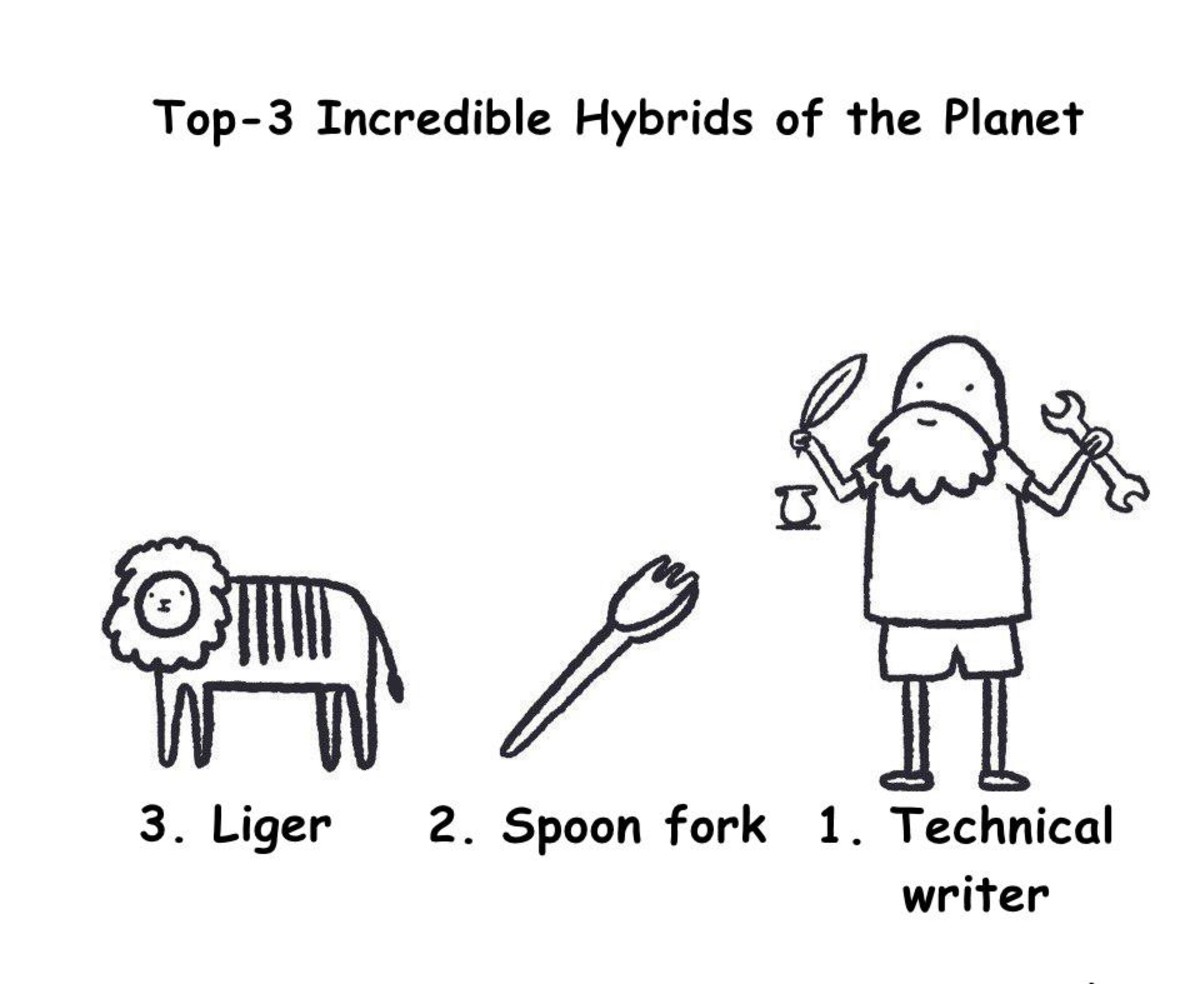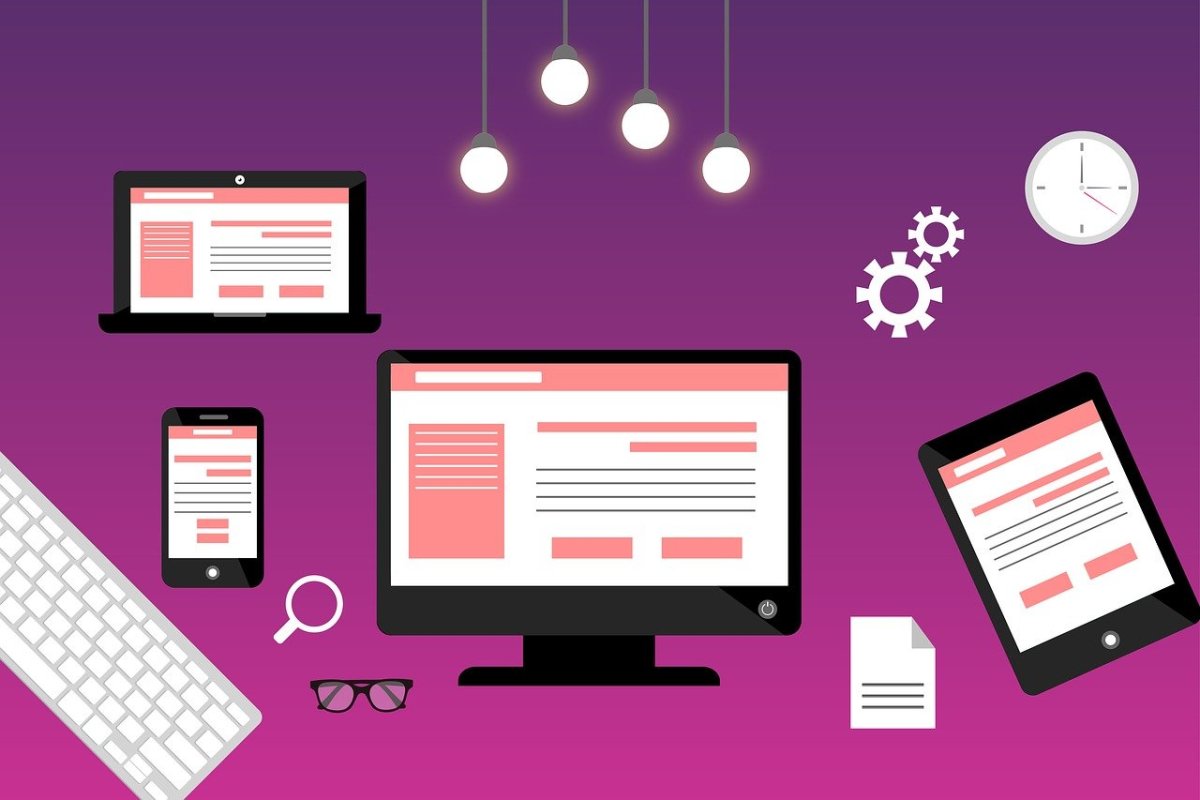Eight Differences between a White Paper and an eBook
Knowing when to use White Papers and eBooks can make or break a B2B marketing effort

Introduction
White Papers and eBooks are among popular marketing tools used by B2B marketers.
Under 40% of B2B marketers use eBooks in their marketing, according to Holger Schulz in the 2013 Social Media Marketing Trends Report. In that report, over 70% of B2B marketers use and believe in the effectiveness of white papers.
Appreciating the differences between the two helps good B2B marketers, and copywriters, know when to incorporate what in their marketing strategy. In this hub, you will discover eight differences you will find between the two B2B marketing tools:
- Focus
- Length
- Production values
- Lifespan
- Effort
- When to use
- Why to Use
- Closest analogy
Focus of the Content
White paper is a crossbreed between a magazine article and a brochure. It relies on logic and facts promoting a product, service, solution or idea. In doing so, white papers can be written on the benefits or effects of implementation. A white paper can be used to explain the process behind the product, service, solution or idea. B2B marketers can also use a white paper to highlight a certain issue, discuss it and offer a solution.
As thorough as a white paper may be, it is written with busy executives in mind. Executives tasked with finding out a solution to the organisation's problem. The executive is already swamped with work and other responsibilities. Therefore, the content has to be limited to fit this unspoken criteria.
eBooks offer readers a primer on some topic. It can be a collection of white papers or articles arranged coherently and logically. eBooks can be used to explain findings and include thorough evidence and arguments.
The aim of eBooks is to properly educate or enlighten its readers. It may focus on a problem and present multiple solutions. For each solutions, more supporting arguments and evidence are included to back it up. eBooks can be used also to transfer knowledge. Many academic textbooks and how-to guides, for instance, come in the form of eBooks.
Length
Endless possibilities are possible for the content of both white papers and ebooks. Another salient difference both have is their length.
White papers are designed to give a solution immediately. Executives, researchers and students are also known to use white papers in drawing up criteria for solutions or research. Because of that, white papers are generally shorter in length compared to ebooks. It is roughly between 3,000 to 5,000 words. The sweet spot for white papers are between five to eight pages. Technical white papers may go up to 15 pages.
eBooks, as its name implies, are digital books. Like physical books, these dossiers can range from 10 pages to 100 pages.
Production Values
Both eBooks and white papers can be found in PDF format. This is because PDF documents are easily read on many devices and gadgets. Android phones, Blackberry, iPhone and Nokia gadgets have apps allowing these files to be opened.
You can also find eBooks in other formats as well. These formats include:
- .mobi
- .rtf
- .lit
These specialised formats require additional applications and softwares which may not be available on all platforms.
B2B marketers, therefore, need to be crystal clear on how they want their audiences to access their marketing literature. Anticipation of user behaviour can be as vital as deciding whether they want an eBook or white paper!
Content Lifespan
It is always advisable to update the content after one or two years for both white paper and eBooks.
Unlike eBooks, white papers may be updated earlier. In certain cases, it must be! Here are some instances when you need it updated:
- A change in process: White papers aim to educate customers on the products, services, ideas and solutions which typically involves processes. Processes can come before purchase, during adoption, after implementation and even during disposal. When a change happens in any of the process, the white paper addressing it immediately becomes obsolete.
- Product, service, idea and solution becomes unavailable: Vendors change their offerings every now and then. Some change industry as a result of restructuring. White papers on formerly offered products need to be replaced in response to that change.
Effort in Developing and Writing Content
White Papers are difficult to produce. This form of B2B marketing tool takes years to master. It requires collaboration with designers and illustrators. White papers need to appear unbiased, but remain persuasive in the marketing context.
B2C copywriting courts the interests of consumers through the play of human emotion: fear, limitedness, accomplishment, confidence. B2B copywriting appeals to the audience's logic. B2B decisions are more scrutinised than B2C decisions. It would involve many parties internally. Effects may rattle throughout the organisation. Yet the copywriting must not be dry that the customer becomes disinterested.
Writing a white paper, too, involves a process to produce consistent products. Yes, it must communicate "this is the best". At the same time, it must be consistent with the brand of the product, service, solution or idea AND with the organisation's own brand.
Interviews and research for white papers are done for a concise purpose. It takes a degree of research skills like a university professor's. The interview skills have to be at par with journalists'. Collectively these findings are used to convince the reader of the white paper. To mold an idea - that this is the best organisation.
Writing an eBook is no easy task either. Its difficulty ranges from medium to difficult, depending on a scope. Observation and ideas tend to require less experimental data and statistics, for instance. Evidence comes in the form of case studies are acceptable.
Unlimited by page constraints, eBook authors have the freedom to breathe. Expounding on the title is necessary, but it may be done covering numerous approaches.
When to Use
White Paper and the Sales Funnel
White papers can be used throughout the sales funnel. White paper titles are very specific. B2B marketers can have them written for lead generation and qualifying leads. For example, a business coaching consultancy targeting advertising startups can have the following white paper written:
- Seven Steps to Improving the Cashflow Situation for Start-Up Advertising Firms
- Five-Step Process to Increase Pre-Qualified Lead Generation for Advertising Freelancers
- Six Marketing Mistakes All Advertising Start-Ups Make in the First Six Months of Business
From these white papers, the consultancy prequalifies its prospective customers. Prospective customers, too, know that this consultancy specialises in advertising startups.
In the next stage of the sales funnel, the leads then turn into prospects. Referring to the business coaching consultancy example, it can then produce the following white paper titles:
- AcMaybe Advertising: How a Startup Made $200,000 in 3 months with Business Coaching
- Five Criteria to Choosing a Business Coaching Solutions for Your Startup
- Four Measurements of Business Coaching Return on Investments for Advertising Startups
When the prospects turn to customers, this business coaching consultancy can further supply them with these exclusive white paper titles:
- Making the Best of Business Coaching Solution Package A: How you can recover your investments in 4 weeks
- Ten Secrets to Advertising Startup Cashflow Controls: Getting Rid of Expenses You Don't Need
- Monday to Friday Motivation Secrets for Advertising Freelancers: How You Keep Yourself Moving and leave Entrepreneur Burnout at Bay
EBook Timing
eBooks typically are used early. Introduce an idea to prospects using this method. B2B marketers can use ebooks to show the way or steps in more detail to readers.
Bringing forward the Business Coaching Consultancy, here are some titles it may produce and distribute:
- An Advertising Freelancer's Journey from $0 to $100,000 per Month in 3 Months
- 365 Reasons for You to Keep You Going in Your Advertising Startup
- The 360 Motivation for Advertising Startups
- A Coach's Journey: I Can Make You Earn $100,000 per month
Why to Use
Why would you want to use White Paper?
There are several reasons why B2B marketers uses white papers as a marketing tool. Gordon Graham, That White Paper Guy, lists the following reasons:
- To generate leads;
- To nurture prospects;
- To close sales; or
- To build mindshare
Why would you want to use eBooks?
eBooks are good ways to generate leads. eBooks seen as authoritative or influential would become the reference of its readers and researchers. This indirectly lends credibility to the author. Readers may visit the author's website or blog.
B2B marketers can also engage the prospects. The eBook may dive into details of solutions. Prospects may be introduced to different ideas and perspectives which would benefit the author.
Closest Analogy
How do white papers and ebooks fare in the scheme of things? What can they be seen as?
An eBook can be likened to a set of Powerpoint Presentation or lecture slides for a whole course. You have the facts, the figures, the charts and the arguments. In proper sequence, it addresses multiple concerns and issues.
White papers are like a well-researched article in an industry journal. It can form part of a series of white papers or integrated in an educational/awareness campaign. It may stand on its own covering a specific topic or issue.
White Paper and B2B Marketing
Would you use a white paper in your B2B marketing?

About the Author
Aldric Tinker is a B2B copywriter. He helps B2B customers generate leads, establish thought leadership and expedite the sales cycle through white paper and B2B copywriting solutions. Visit http://www.AdvertWriter.com for further information. You can reach Aldric at aldric@advertwriter.com.
© 2013 Aldric Tinker Toyad



